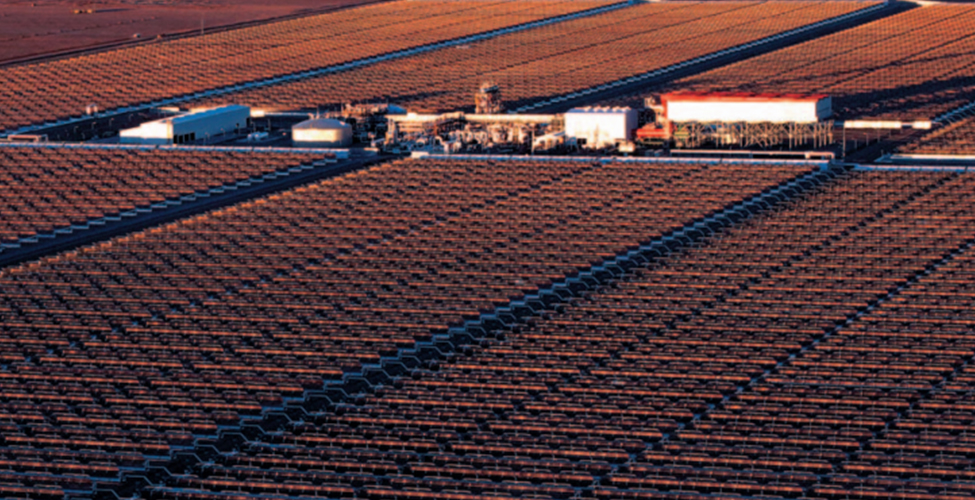According to the UN, by 2050 two-thirds of the world’s population will live in urban areas, the result of a mass rural exodus and high population growth, particularly in Africa.
The number of people living in cities will double. Urbanisation can have a positive impact on development, contributing to innovation and job creation.
But if it is too rapid or unplanned it can lead to social exclusion and environmental degradation. Cities need to be designed to absorb a growing population while remaining economically, socially, and environmentally sustainable.
With institutional and financial decentralisation increasing throughout the world, local authorities are now key players in sustainable development. They are increasingly adopting a more holistic approach to urban functions such as living (habitat), travelling and working, and there is a noticeable decline in traditional, sector-based approaches.
An increasing number of development finance institutions (DFIs) are adopting strategies to support municipalities in areas such as sustainable urban planning. A profound transformation of the financial landscape is underway to address the huge infrastructure gap and capacity needs of cities.
The transition to low-carbon, resilient cities requires infrastructure investments estimated at $90 trillion worldwide by 2030. How can we “shift the trillions”?
Three ways forward
First, rely on local development banks. They are increasingly active in financing sustainable urban development. They are well placed to mobilise local savings and leverage investment from the private sector to increase the pool of funding available.
The French Development Agency (AFD) and the Development Bank of Southern Africa (DBSA) have been working together since 1994, focusing on sustainable infrastructure investment through the provision of municipal credit lines to finance investments in infrastructure in South Africa, and the co-financing of municipalities’ investment programmes.
Second, development banks can make the difference. They are rooted in their domestic and regional constituency, drawing expertise and financing. They are also connected to the international agenda and can foster alignment between the local and the global.
They can demonstrate to the markets the potential returns of sustainable urban investments, which is key to leveraging public and private investments towards sustainable development. For instance, the DBSA was one of the early funders of the City of Johannesburg’s first municipal green bond. In South Africa, AFD provides budget support to metropolitan municipalities and promotes sharing of experiences and expertise with peer municipalities on issues such as implementation of spatial transformation or climate change strategy.
Third, seek innovative partnerships to address sustainable development. AFD and the DBSA are both members of the International Development Finance Club (IDFC), a network of 23 financial development institutions, three-quarters of which are from the South. It has total assets of more than $3.5 trillion and devotes more than $800bn in annual funding (four times more than all multilateral development banks combined).
It is indeed the third pillar of development finance, alongside the multilateral system (UN and multilateral development banks) and private finance. In 2016, IDFC collectively contributed $160bn to the fight against climate change, a significant increase since COP21.
At the One Planet Summit, we have committed, together with 30 DFIs, to align financial flows with the Paris Agreement on climate. The needs far exceed what public finance for development can provide. Development banks must play the role of “catalysts” that reorient global public and private investment, so that the trillions that are needed to transition towards sustainable development pathways start flowing.
Patrick Dlamini is CEO of the Development Bank of Southern Africa (DBSA) and Rémy Rioux is CEO of Agence Française de Développement (AFD). They are also vice-chairs of the International Development Finance Club (IDFC).
SOURCE : African Business Magazine

